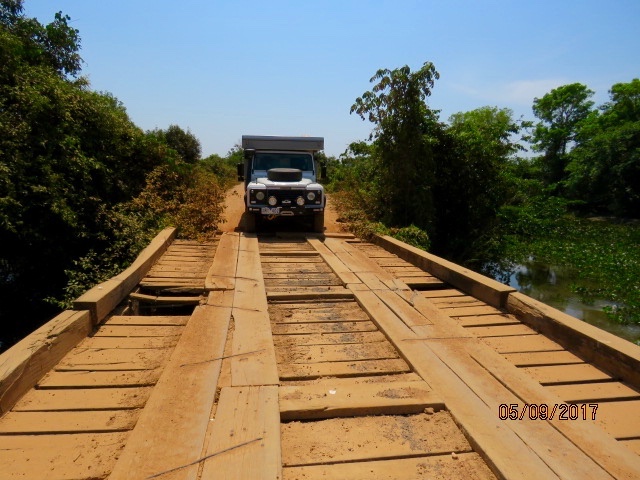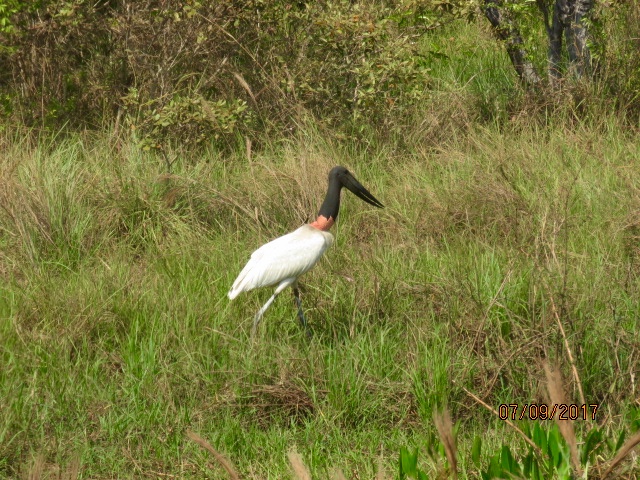The Pantanal in Brazil
The Pantanal is a vast area of Brazil. It is regularly flooded in the wet season, and as such supports an eco system that is unique in the world.
I understood from my research that the area was heavily impacted by cattle grazing, but I was surprised by how much. One gets the feeling that it is a part of the natural world that would have once been absolutely spectacular, but it has been reduced in size so as to be, for us, a bit of a disappointment.
Some Overlanders we met went on a Jaguar sighting boat cruise and proudly emailed us some shots of their sightings. However it is widely rumoured that ground crews are known to drive the animals to the vicinity of the river for 'viewing' plus it was stinking hot so we didn't go.
We did find a fantastic variety of birds, and found the experience of visiting the area in itself to be another amazing experience in this part of South America.
It is a long drive east though Bolivia to the Pantanal of Brazil. But it was the right time of year to visit, so, a round trip of 3000 klm was necessary for us.
Caimans relaxing on the river banks. A common sight.
Not as big as the Australian salt water variety. No doubt they could still give a nasty nip though.
Looks like a Heron, maybe.
Looks like a weaver nest, maybe.
Another Heron, perhaps.
Capybara, for sure.
Two Australians, Robert and Clary from Queensland in this monster truck.
Ibis? I think so. Maybe.
Red crested Cardinal. Yes!
Woodpecker.
Cuckoo
Locals river accommodation.
Camping at Jaguar Camp, Porta Jofre, Pantanal, Brazil
An old Merc. Heaps of them in South America. Glad I'm not paying the fuel bill.
Jungle walk. Pretty warm so best not to go too far.
Hyacinth Macaw. YES!!!!
Gael back from the hairdressers. Not happy with the cut!
Amazon Kingfisher. Definitely.
Tourists on Jaguar spotting trip.
The bridges suffer a bit during the wet season.
Jabiru. A nice example, I think.



















































